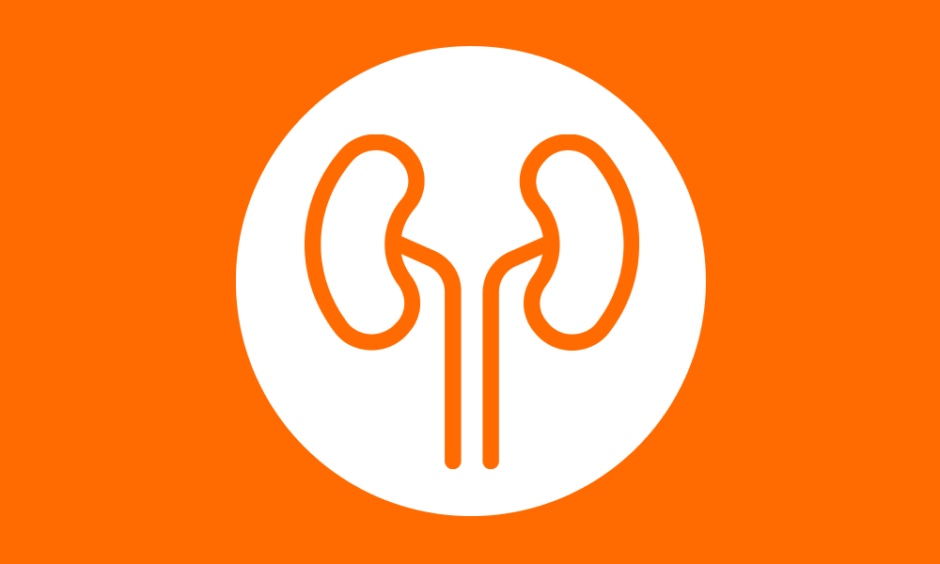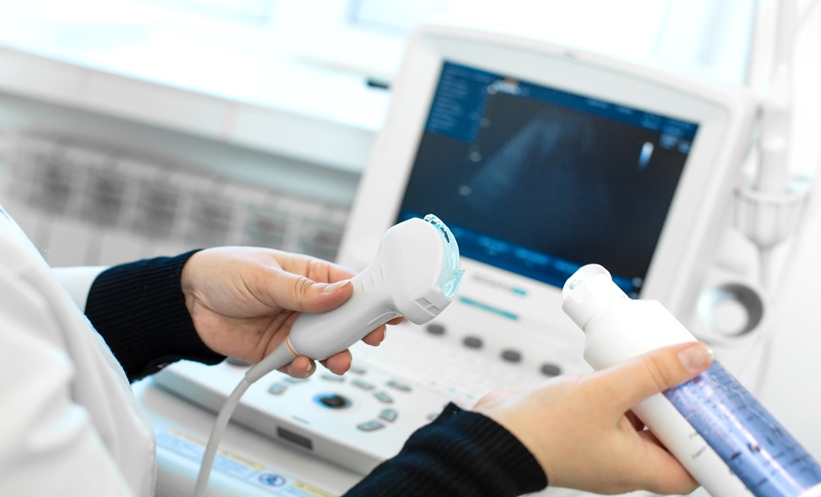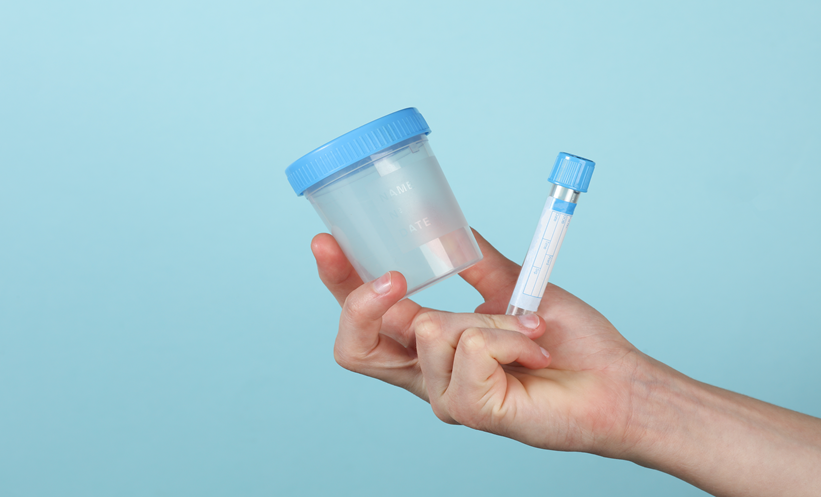Author: Jivitesh Newoor, Editorial Assistant
Citation: EMJ Urol. 2023; DOI/10.33590/emjurol/10309531. https://doi.org/10.33590/emjurol/10309531.
![]()
DURING the European Association of Urology (EAU) Congress 2023, experts participated in a series of debates regarding the use of robotic versus open surgical techniques, including a key focus on ileal conduit formation.
OPEN SURGERY APPROACH FOR AN ILEAL CONDUIT FORMATION
After undergoing a radical cystectomy (RC), an ileal conduit (IC) is the most common urinary diversion technique performed by urologists, where the ileum is used as an alternative pathway for urine to exit the body. The first debate focused on the procedure for forming an IC, with Óscar Rodríguez Faba, Fundació Puigvert, Spain, advocating for open ileal conduits. Acknowledging that robotics is becoming an important component in the field, Faba highlighted that currently in England more than 50% of IC procedures are open. Faba added that the current literature establishes that open ICs are the gold standard, and all novel techniques must be compared with open ICs.
ADVANTAGES OF OPEN SURGERY
Faba detailed the components involved when forming an IC , and listed the advantages of open surgery, where surgeons can measure length and trans-illuminate to ensure a healthy ileal loop. During hand-sewn end-to-end bowel anastomosis, surgeons can ensure the suture has sufficient tension, and better understand the quality of the anastomosis. The stoma can be performed in a very practical manner during open surgery, with the surgeon using their finger as a final intervention to make sure there is a good passage for urine. Faba stressed that these aspects cannot be easily replicated with the robotic approach. The use of indocyanine green is required, and this has proven to be significantly more expensive.
In terms of quality of life, there were no differences in outcomes between open surgery and robotic IC. However, Faba emphasised the difference in cost is significantly more for a mechanical anastomosis, where a staple costs around 1,250 EUR compared to a hand-sewn anastomosis, where the cost is negligible. In some cases, robotic ICs can cost over 2,000 EUR more.
Faba discussed complications reported by randomised controlled trials (RCTs). Findings from the RAZOR study revealed no differences in terms of intestinal complications, or in any of the parameters from a digestive aspect. Furthermore, the CORAL trial also reported no differences in complications.
Faba concluded by suggesting that to improve robotic surgery, all the surgical steps that have been described in open surgery should be reproduced in robotic surgery. Faba stated: “The gold standard is still open IC, and we shall see in the future whether the multicentre RCTs can change this statement.”
ROBOTIC APPROACH FOR AN ILEAL CONDUIT FORMATION
Véronique Phé, Sorbonne University, Paris, France, advocated for use of robotic ileal conduits. Phé stated that robotic-assisted radical cystectomy (RARC) is being performed with increasing frequency, and given the prevalence of coexisting comorbidities, patients undergoing RC may benefit from robotics. Phé highlighted that no proven benefits in both perioperative and oncological outcomes have been described in the RCTs that compared RARC and open RC.
ADVANTAGES OF ROBOTIC SURGERY
Phé emphasised that the question should not only focus on robotic IC versus open IC. Instead, it should incorporate intracorporeal RARC versus extracorporeal RARC. Phé underlined that most surgeons currently use the extracorporeal urinary diversion (ECUD) technique because it is simpler and faster to perform. However, the use of intracorporeal urinary diversion (ICUD) has significantly increased in the last decade. Although robotic surgery is technically more challenging, the advantages include a reduced number of incisions, and it can be performed faster because there is no need to undock or create a new incision to close.
Phé discussed whether ICUD can improve outcomes, highlighting findings that demonstrated that patients undergoing complete RARC spent more time out of the hospital than those receiving open surgery. Phé highlighted that extended hospital stays can be significantly more costly. The second endpoint, which measured the qualitative recovery from different parameters, favoured robotic surgery at 5 weeks. Additionally, there were fewer wound complications with the complete robotic approach, and there were no differences in cancer recurrence and overall mortality.
Studies comparing ICUD and ECUD found that all parameters, including operating time, blood loss, blood transfusion, and high-grade complications, favoured the intracorporeal approach. Although there were more high-grade complications with ICUD than ECUD, Phé affirmed that these complications decreased with time and experience. When performed by an experienced surgeon, ICUD may offer reduced estimated blood loss, lower pain, smaller incisions, and a quicker return to bowel function. Phé acknowledged that the potential disadvantages included a longer learning curve, technical challenges, and longer operation times.
Phé concluded that the total ICUD approach holds the potential to improve perioperative parameters without impairing oncological performance of the procedure, and emphasised that much of the benefit from robotic operations occurs immediately after surgery. Notably, Phé highlighted that the key variable is the skill and experience of the surgical team, regardless of whether robot assistance is used.
An important question raised in discussion was whether surgeons should be trained in open surgery before robotic, as this is often essential. However, Faba declared their uncertainty. There are generations of surgeons who are untrained in open surgery, and underscored how much open surgeons have learned from robotic surgery. To improve immediate outcomes, aspects from open surgery can be applied to robotic surgery.
CLOSING REMARKS
A recurring theme throughout this session, which included two further debates on open versus robotic approaches and a presentation by Christopher Chapple, EAU Secretary General, was that the most significant difference between robotic and open surgery was dependent on the surgeons’ training and experience, rather than the technique itself.








